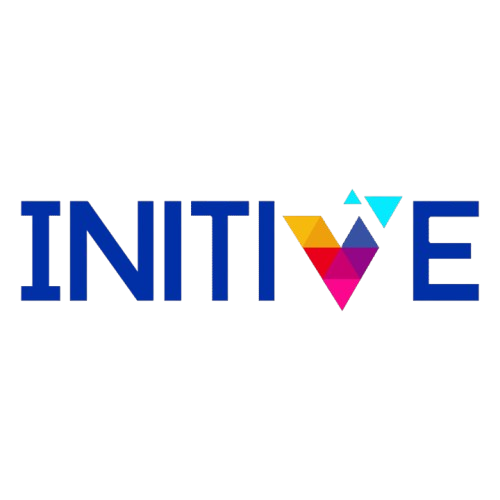
Thinking about implementing an AI support agent?
A quick practical reading guide if you were thinking of launching Intercom, Zendesk, or HubSpot AI support agents, safe, fast, and measurable for small and midsize Business and mid-market teams.
You need a win for that move! Support queues are long, articles are outdated, and your team is tired of copy pasting the same answers. The good news: the major platforms you already use just shipped the pieces to stand up a reliable AI support agent with clear guardrails and data you control.
Over the past few weeks, Intercom made internal docs a first-class knowledge source for Fin, Zendesk tightened admin controls and workflows, and HubSpot rolled out Breeze Agents plus a Data Hub that cleans messy records on the way in. Together, they reduce setup time, cut risk, and finally make a safe pilot realistic for non-technical teams.
What changed and why does it matter?
If you want a reliable AI support setup without getting lost in details, you can check some solid group AI vendors such Parloa, PolyAI, Zowie, Certainly, Mavenoid, SentiSum, Boost.ai, Cognigy, Rasa, based on your current stack, languages, and governance needs. At the same time, the major suites have made setup easier: Intercom now pulls from your internal knowledge directly, Zendesk added straightforward admin and collaboration controls, and HubSpot introduced agents and data tools that keep everything in one place. Bottom line: pick one or two common questions, run a quick human in the loop pilot, then enable automation for high-confidence replies and track first-contact resolution, time to first reply, and customer rating.
Who benefits first
Customer support leads see faster first replies and more issues solved on the first try, especially the repeat stuff like password resets, order status, and returns. Operations and customer-experience teams get cleaner triage and fewer “where’s my order?” pings. Revenue teams can hand off pre-sales FAQs to the assistant without losing tone or context.
And the people doing the work stay in the loop. Your customer facing colleagues on chat, phone, email, and social use the assistant as a drafting partner: it suggests, they review and approve, share playbooks, flag edge cases, and update articles together. The routine questions shrink; the human work (empathy, tricky diagnostics, escalations) gets more attention.
Just tighter teamwork and less burnout!
Kickoff plan you can start with
- Pull the last 90 days of ticket tags and transcripts. Find the top intents.
- Rewrite the most-hit knowledge base articles. Plain language. One answer per page.
- Connect internal docs (Intercom) or verify data sources (HubSpot Data Hub).
- Define escalation rules by confidence bands (auto-send vs. draft-only).
- Pick an approval owner. No orphaned drafts.
Pilot, then scale
Start small, then widen. Weeks 2–4: run the agent in draft-only on two common questions; it suggests, your team approves. Tweak tone and style so replies sound like your brand, not a script. Weeks 5–8: switch on auto send for high confidence answers; keep wording simple. Add new content sources only after you’ve spot checked quality, and keep a small control group to compare results. Weeks 8–12: make it stick, write down who can change prompts or sources, what confidence levels you’ll allow, and how you’ll handle privacy.
Successful implementations are still the exception. Some companies struggle to scale their pilot projects. The reason? Most are quick fixes built in isolation, tested in safe environments, patched onto scattered pain points without real integration.
Guardrails and data protection
If you’re in the EU or sell there, do your DPIA (Data Protection Impact Assessment) and document retention rules up front. Google Workspace’s Privacy Hub and DPIA guidance show what “good” looks like; Microsoft’s Copilot notes highlight admin inventory and scripting control for connectors. These aren’t the tools you’ll deploy, but they’re solid policy references when you formalize support-agent governance.
Tools you can consider
- Intercom Fin for chat-first support with internal docs as a source.
- Zendesk if your workflows depend on approvals, side conversations, and structured quality assurance.
- HubSpot Breeze Agents + Data Hub when support, sales, and marketing share one CRM and you want consistent brand voice across channels.
Keep risk low and momentum high by fencing in the agent’s knowledge and process. Limit answers to your approved knowledge base and clearly named internal folders; set confidence bands so anything uncertain routes to a human. Protect your voice by locking tone and style guidelines, reviewing early drafts, and sampling the first 50 replies before turning on auto-send.
Cover privacy by mapping data flows, retention, and admin rights, and borrow templates from vendor privacy hubs/admin centers so you’re not starting from zero. To avoid change fatigue, pilot on two common intents, share a one-page “how we use the agent” guide, and train with real transcripts so the team feels in control.
Support is where AI proves itself first: measurable outcomes, lower noise, better customer experience. With this setup, your team gets time back without losing control. And because you’re building on the platforms you already use, the cost and complexity stay within reach.
Link to information source
For more detailed information check the resources
What’s new in Zendesk: August 2025
Connect your data with the new Data Hub and Smart CRM updates
Three-part framework to measure the impact of your AI use case
Generative AI in Google Workspace Privacy Hub
If you’re looking to enhance or optimize customer support, here you have a few fast-growing AI vendors to have on your radar
Parloa
Cognigy
Boost.ai
Rasa
Mavenoid
PolyAI
Fonio
Zowie
Certainly
SentiSum

Comments